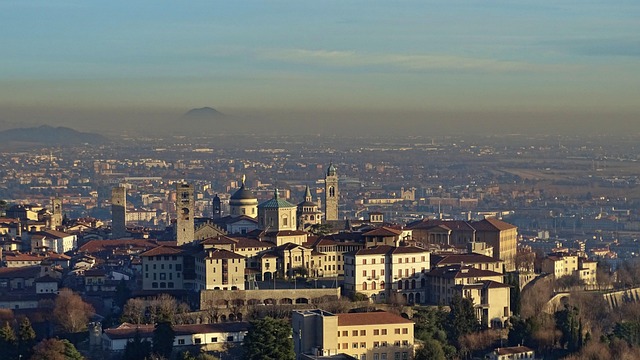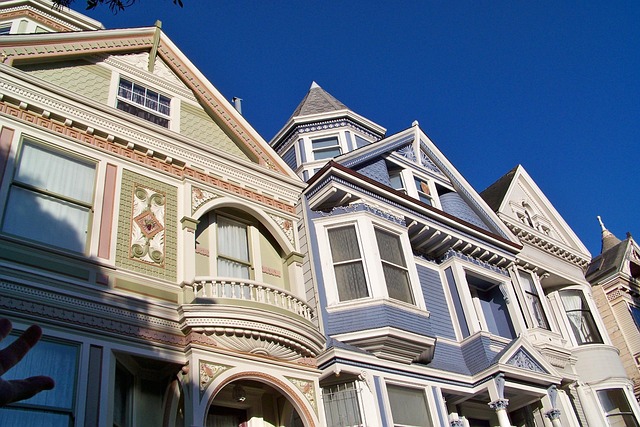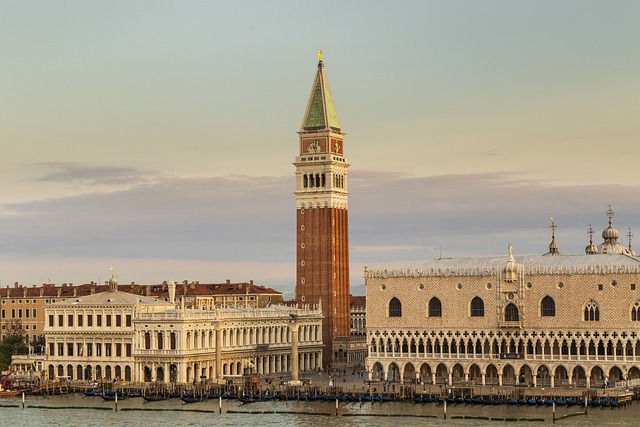Border cities' real estate sector plays a pivotal role in cultivating binational cultures by developing mixed-use spaces that attract residents from both countries, leading to increased interaction and collaboration. These areas blend architectural styles and historic properties, preserving cultural heritage and symbolizing shared history. Strategic planning, landmark preservation, and initiatives promoting cultural exchange—including mixed-use developments, public art, affordable housing, and collaborative economic efforts—all contribute to making border cities thriving centers for cross-cultural understanding and appreciation.
In the heart of international borders, binational cities thrive as melting pots of culture. This article explores how real estate plays a pivotal role in shaping these unique communities, fostering cultural exchange and understanding. From strategic urban planning to vibrant neighborhoods, we delve into strategies that promote diverse, inclusive, and thriving binational city environments, where people from different backgrounds coexist harmoniously. Discover the power of location in nurturing global citizenship.
The Role of Real Estate in Shaping Binational Communities

The real estate landscape in border cities plays a pivotal role in fostering binational cultures, serving as a physical manifestation of the diverse communities that call these areas home. Developers and architects often design mixed-use spaces, blending residential, commercial, and cultural amenities to cater to residents from both sides of the border. This strategic planning encourages interaction and collaboration, breaking down barriers and fostering an environment where people can celebrate their shared humanity despite differing nationalities.
Furthermore, historic properties and architectural styles from both countries coexisting in these cities offer a unique visual narrative. Restoring and preserving these landmarks not only preserves cultural heritage but also serves as a tangible reminder of the rich history that has shaped binational relations. Real estate practices in border cities thus contribute to the creation of vibrant communities where residents embrace their dual identities, making them thriving hubs for cross-cultural exchange.
Fostering Cultural Exchange and Understanding Through Location

In border cities, the very location acts as a catalyst for fostering binational culture and facilitating cultural exchange. These urban centers, situated along international borders, offer a unique opportunity to bridge different nations and communities. The proximity to a national boundary encourages interactions between residents from diverse backgrounds, creating an environment ripe with potential for understanding and appreciation of varied cultures.
Real estate in these areas often reflects this dynamic. Mixed-use developments, for instance, can house businesses, residential spaces, and cultural venues, all within walking distance. Such integrated communities encourage social mingling, where locals and visitors alike engage in cross-cultural conversations. This fosters a deeper understanding and appreciation of each other’s heritages, breaking down barriers and promoting unity.
Strategies for Promoting a Thriving Binational City Environment

Fostering a thriving binational city environment requires intentional strategies that promote cultural exchange and collaboration. One key approach is to encourage mixed-use developments in real estate, integrating residential, commercial, and recreational spaces. This allows residents from both sides of the border to interact daily, fostering mutual understanding and appreciation. Additionally, investing in public art installations and cultural centers can serve as a physical embodiment of binationalism, hosting events that celebrate diverse traditions.
Real estate policies that support affordable housing options are also crucial, ensuring accessibility for individuals and families from all backgrounds. Collaborative economic initiatives, such as shared business incubators or cross-border startup programs, can further strengthen the bond between communities. By creating opportunities for mutual economic growth, these strategies cultivate a sense of shared prosperity, ultimately enriching the cultural fabric of the binational city.






